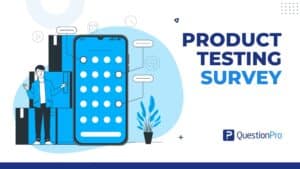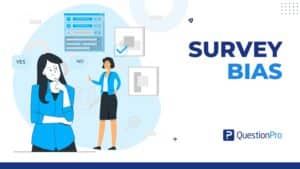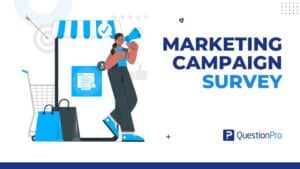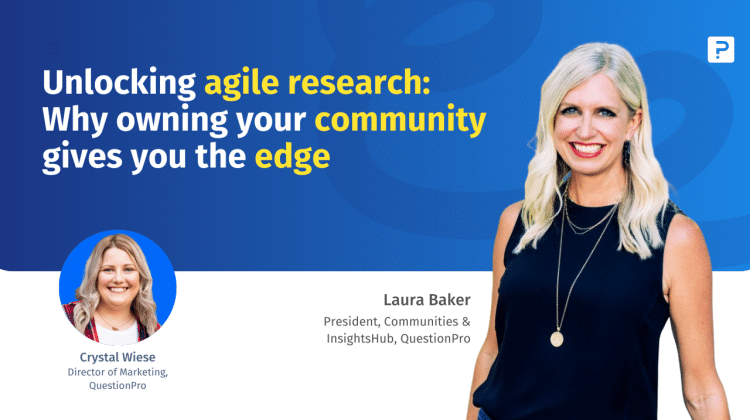
Research teams today face growing pressure to move faster without sacrificing quality. Traditional workflows, bouncing between vendors, juggling multiple platforms, and waiting for handoffs, simply can’t keep up. That’s why more organizations are turning to research communities as the foundation for agile, reliable insights.
This was the central theme of our recent session, where Crystal Weiss and Laura Baker explored how owning your own panel and platform can transform the way you run research.
The ownership advantage
One of Laura’s biggest points was simple but powerful: when you own both your community and your platform, you own your speed. No more waiting for third-party vendors to deliver data. No more compromises on timelines. By taking control, research teams can launch faster, adjust on the fly, and gain insights before competitors even begin analyzing.
This ownership also brings confidence. Instead of second-guessing timelines or worrying about external delays, researchers can focus on their methodology, data, and outcomes. In today’s climate, where quick decision-making is everything, having that kind of control can be the difference between reacting late and leading the conversation.
Fewer handoffs, greater control
Every handoff creates friction. Outsourcing community management or toggling between tools adds delays, miscommunication, and data silos. Researchers often lose time and valuable insights during translation.
By keeping everything in-house, you’re not only eliminating those inefficiencies but also streamlining collaboration. Teams know where the data lives, who owns each step, and how to move forward without waiting for others. This greater control translates into a research environment where speed and accuracy go hand in hand.
Agility without sacrifice
Agile research has sometimes been seen as “fast but messy.” But as Laura explained, it doesn’t have to be that way. When your community and tools are integrated, you can run iterative studies rapidly while actually improving data quality. Agile no longer means cutting corners, it means doing better work, faster.
The ability to launch, learn, and adapt quickly is critical for businesses navigating shifting customer expectations. Instead of relying on a few large annual studies, researchers can conduct ongoing surveys of feedback and refine their strategies continuously. That’s the true promise of agility: sustainable, reliable insights without compromising quality.
The power of integrated Qual + Quant research
Why stop at surveys when you can have the full picture? Communities allow researchers to blend qualitative and quantitative methods seamlessly:
- Discussion boards and chats for context and deeper stories.
- Surveys and polls for measurable scale.
- Analytics tools to bring it all together.
This integration means teams don’t need to manage multiple vendors, purchase additional licenses, or manually integrate data from different systems. Instead, they can focus on what matters: understanding the customer. And when qual and quant insights live together, the decision-making process is not only faster but also far more robust.
Gannett: Building trust and driving local revenue with communities
One of the most compelling examples we’ve seen comes from Gannett, a leading media company. They turned to a community-driven approach to answer some of their most pressing business questions and the results were remarkable.
- Boosting ad effectiveness: Gannett needed to learn how to increase the impact of specific ads in local markets. Through a targeted community discussion study, they uncovered what truly resonated with audiences. The insights didn’t just shape messaging, they drove a $250,000 local revenue win and inspired new changes in both print and website design.
Understanding trust in media: With the rise of conversations around “fake news,” Gannett wanted to measure public trust across newspapers, radio, and local TV, both in print and on the USA Today website. The findings were clear: while general trust remained positive, over half of respondents reported their trust had decreased in the past year. These insights allowed Gannett to address perceptions directly and build stronger relationships with their readers. - Testing digital subscriptions: Gannett also wanted to gauge the impact of a new paid digital membership option and identify the audiences most likely to purchase. The results showed the program had a highly positive impact on the brand, and the demographic analysis highlighted the “Family Focused” segment as the key target group. This helped Gannett refine both their product and marketing strategies.
By leveraging community insights, Gannett wasn’t just answering research questions, they were shaping real business outcomes. From revenue wins to audience trust to subscription growth, their story shows how communities can become a powerful engine for decision-making.
Ready to see research communities in action?
Communities are more than a tool, they’re a way to put the power of agile research back in your hands. Instead of chasing vendors or waiting weeks for results, you can engage your audience directly, run studies on your terms, and deliver insights when your business needs them most.
👉 Download our free guide to research communities and explore practical steps for building and managing a thriving community of your own.
Agile research doesn’t have to mean sloppy. With communities, you can iterate faster, eliminate bottlenecks, and uncover richer insights, all while staying in full control of your process. For organizations ready to compete in real time, communities are no longer optional, they’re essential.
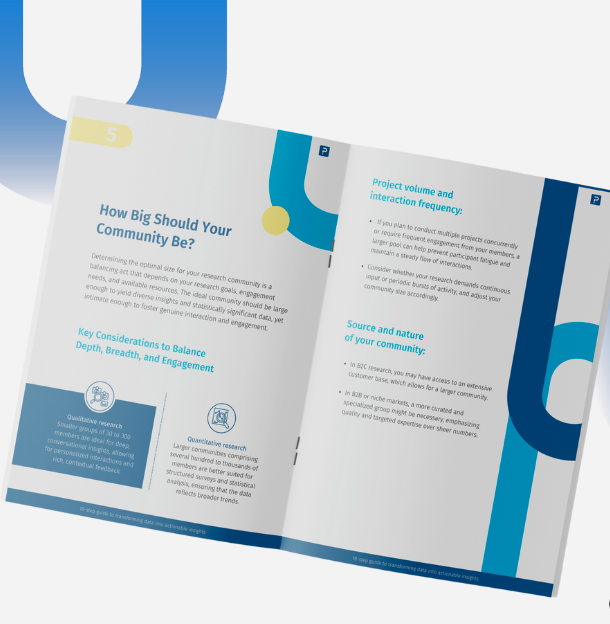
Download Our FREE Guide to Online Research Communities!
Learn more about the 10 proven steps to build a thriving online research community.





